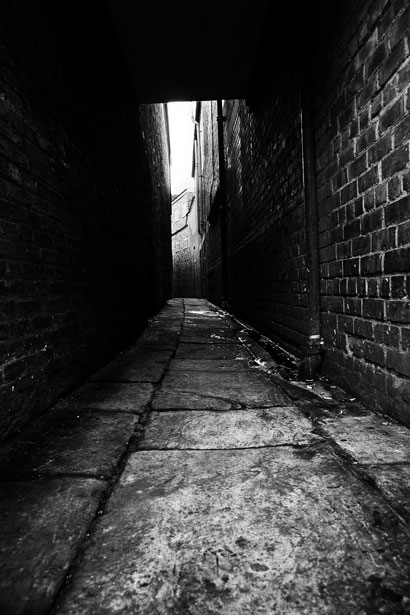 |
LITR 4232 American
Renaissance 2012 final exam—Answers to Question B1 "Gothic characteristics and uses" final exam assignment |
 |
Shellie Saenz
Gothic Here, Gothic There,
Gothic, Gothic Everywhere!
The texts of the American Renaissance are full of gothic images that have
become popular even today. According to the “Terms/Themes” link on the course
website, the gothic novel is defined as “a form of novel in which magic,
mystery, and chivalry are all the chief characteristics” (Dr. White’s course
website). Authors utilize this theme to create an atmosphere full of thrilling,
edge-of-your-seat action, fear and suspense in their work. This pulls the reader
in and enables them from letting go before the end of the book. The same goes
for cinematic works as well.
The gothic can be characterized in many ways, from color, to setting, to
supernatural occurrences; all with multiple variations in the way they appear.
The different colors that are used to represent the gothic are primarily red and
black, but can also be seen in variations of those colors as well, such as gray
or even pink, as we saw in Nathaniel Hawthorne’s “Young Goodman Brown”. The
settings are numerous and can vary in many different ways, from buildings to
outdoor locations. Many authors use old, dark cathedrals, or other spooky old
houses, while others turn to cemeteries at night with fog all around, or down a
dark alleyway, or the most popular, the forest at night with owls or crows or
other animals that are harmless, but made to be creepy at night. There are also
supernatural occurrences such as ghosts, angels, demons, references to hell or
heaven, and witches. We have seen many of these in the texts we have read for
this class.
One author in particular that embraced the gothic and used it throughout
his works his Edgar Allan Poe. All the texts we read by Poe incorporated
darkness, isolation, death, and the supernatural throughout. Poe’s “Annabel Lee”
is a good example of this because it references to the gothic continuously
throughout the poem while managing to flow in a way that captivates the reader.
In stanza two, Poe writes: “With a love that the winged seraphs of Heaven/
Coveted her and me” (2.5-2.6). Here is an example of supernatural gothic because
he gives the reader an image of an angel but then turns it immediately to
something dark and disturbing because the angels wanted her. Then he goes on to
write in stanza four: “The angels, not half so happy in Heaven/ Went envying her
and me/ Yes! That was the reason/…That the wind came out of the cloud, chilling/
And killing my Annabel Lee” (4.1-4.6). Poe uses the supernatural gothic here to
show a dark side to the divine when they killed his one love. The ending of the
poem refers to his soul being bound to hers so much that he lies next to her
tomb at night. The image the reader gets of this story is extremely gothic in
nature and leaves the reader with a sense of loss and isolation. Jonathan Nguyen
wrote in his final essay, “Journey to the Center of the Dark Black Forest”, that
when people feel loss and isolation “they feel a sort of dark emptiness that
can’t be immediately mended” and many people can relate to loss and isolation
that Poe writes about Jonathan Nguyen,
“Journey to the Center of the Dark Black Forest”, 2010).
